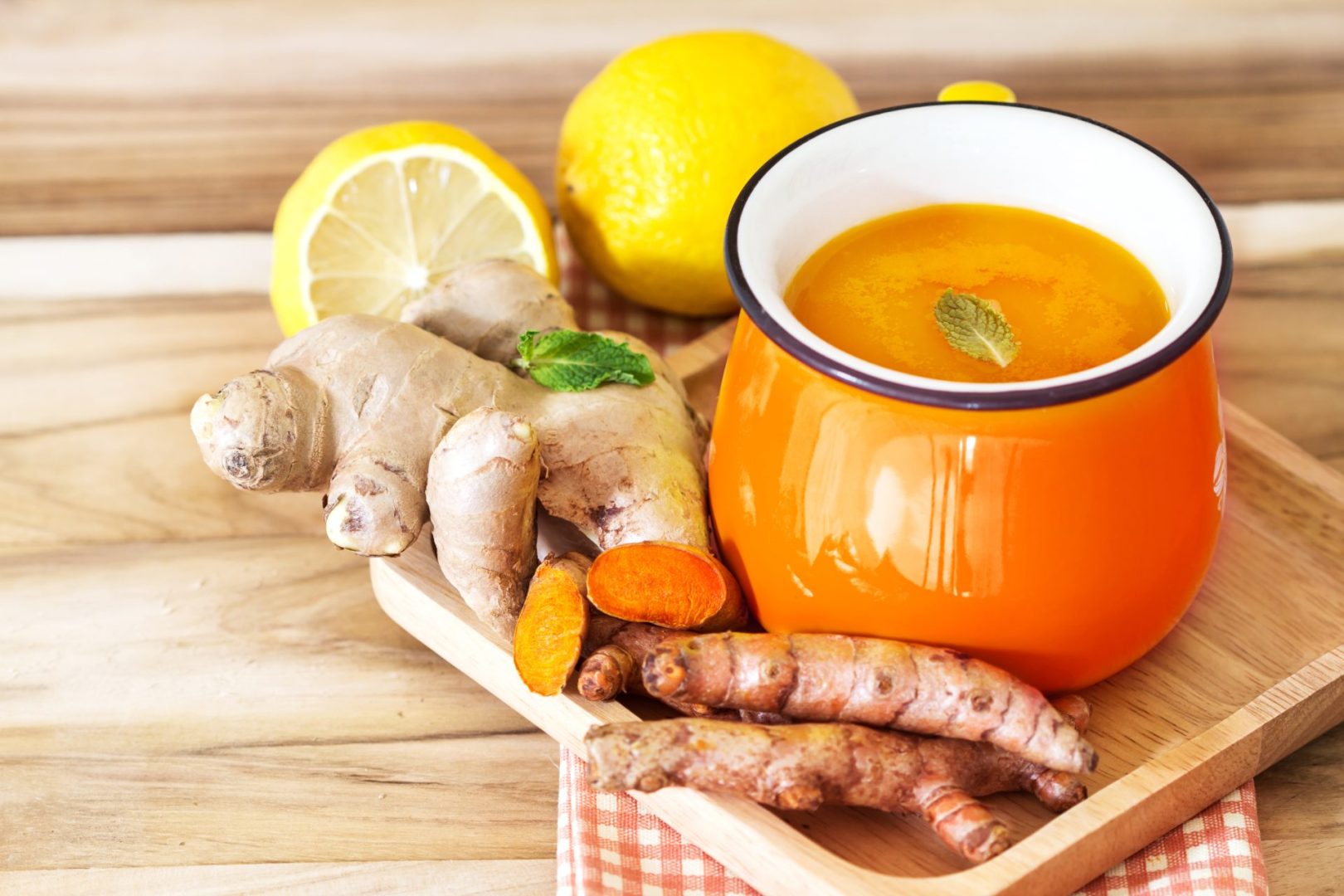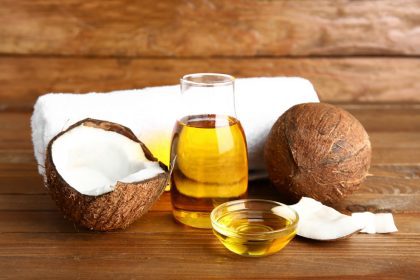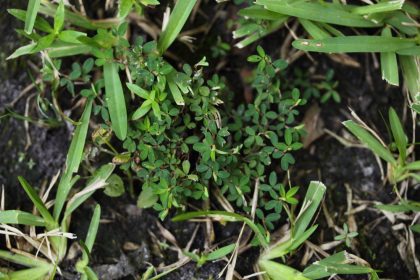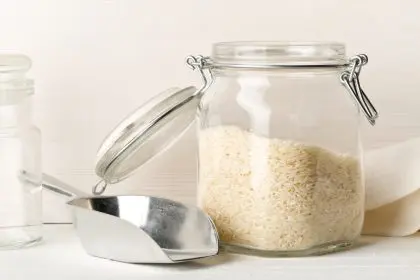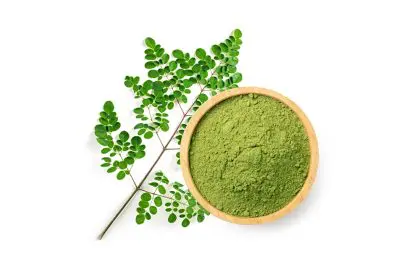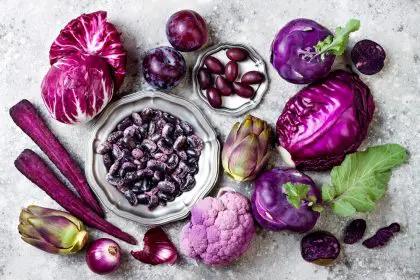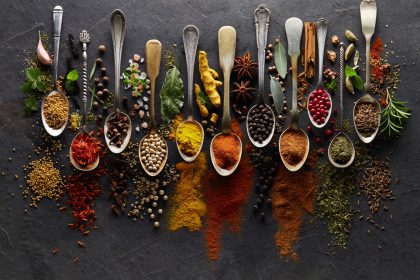Ginger and turmeric have been battling it out in health circles as the ultimate anti-inflammatory spices, with passionate advocates claiming their chosen root can cure everything from arthritis to brain fog. Both of these golden-colored powerhouses have impressive research backing their inflammation-fighting abilities, but they work through completely different mechanisms and excel in different areas of health.
The truth is that comparing ginger and turmeric for inflammation is like comparing a sports car to an SUV, they’re both excellent vehicles but designed for different purposes. Understanding how each one works in your body will help you choose the right anti-inflammatory strategy for your specific needs and health goals.
While both spices can reduce inflammation, their active compounds, absorption patterns, and therapeutic effects are so different that the “better” choice depends entirely on what type of inflammation you’re dealing with and how you plan to use them in your daily routine.
Ginger delivers immediate anti-inflammatory relief
Ginger’s anti-inflammatory power comes primarily from gingerols and shogaols, compounds that provide rapid relief from acute inflammation and pain. These active ingredients work quickly in your system, making ginger particularly effective for immediate inflammatory responses like exercise-induced muscle soreness or digestive inflammation.
The anti-inflammatory effects of ginger are most pronounced in your digestive system, where it can quickly calm stomach irritation, reduce nausea, and ease inflammatory bowel symptoms. Fresh ginger root contains the highest levels of gingerols, which are responsible for both the spicy bite and the therapeutic effects.
Ginger also has powerful anti-nausea properties that work through both anti-inflammatory pathways and direct effects on your brain’s vomiting center. This makes it particularly valuable for people dealing with inflammatory conditions that affect digestion or cause nausea as a side effect.
Research shows that ginger can reduce inflammatory markers like C-reactive protein and interleukin-6 within hours of consumption, making it an excellent choice for acute inflammatory flare-ups or post-workout recovery.
Turmeric provides deep, systemic inflammation control
Turmeric’s anti-inflammatory effects come primarily from curcumin, a compound that works at the cellular level to inhibit multiple inflammatory pathways simultaneously. Unlike ginger’s rapid but shorter-term effects, turmeric provides sustained anti-inflammatory activity that builds over time with regular use.
Curcumin is particularly effective at reducing chronic, low-grade inflammation that contributes to aging, cardiovascular disease, and neurodegenerative conditions. It works by inhibiting nuclear factor-kappa B, a protein complex that regulates inflammatory gene expression throughout your body.
The anti-inflammatory effects of turmeric are more systemic and long-lasting than ginger, making it better suited for addressing chronic inflammatory conditions like arthritis, metabolic syndrome, and age-related cognitive decline.
However, curcumin has notoriously poor bioavailability when taken alone, meaning your body absorbs and uses very little of what you consume. This absorption challenge significantly affects turmeric’s practical effectiveness unless it’s properly enhanced.
Absorption differences dramatically affect effectiveness
Ginger is naturally well-absorbed by your digestive system, with its active compounds readily entering your bloodstream and reaching target tissues within 30-60 minutes of consumption. You can eat fresh ginger root, drink ginger tea, or take ginger supplements and expect relatively consistent anti-inflammatory effects.
Turmeric’s curcumin, however, is poorly absorbed on its own and is rapidly metabolized by your liver, meaning most of it gets eliminated before it can provide therapeutic benefits. Studies show that curcumin absorption can be increased by 2000% when combined with piperine, the compound that gives black pepper its heat.
The timing of consumption also affects absorption differently for each spice. Ginger works best on an empty stomach for digestive issues but can be taken with food for other inflammatory conditions. Turmeric absorption is enhanced when taken with fats and black pepper, preferably with a meal.
This absorption difference means that while turmeric might be more powerful on paper, ginger often provides more reliable and predictable anti-inflammatory effects in real-world use.
Different types of inflammation respond better to each spice
Acute inflammation from injuries, infections, or intense exercise responds particularly well to ginger because of its rapid onset of action and pain-relieving properties. Ginger can provide noticeable relief within hours and is especially effective for inflammatory pain in joints and muscles.
Chronic systemic inflammation that contributes to heart disease, diabetes, and aging responds better to turmeric’s sustained anti-inflammatory activity. The cellular-level effects of curcumin help address the root causes of chronic inflammation rather than just managing symptoms.
Digestive inflammation clearly favors ginger, which has been used for centuries to calm upset stomachs, reduce bloating, and ease inflammatory bowel symptoms. Ginger’s effects on digestive inflammation are both immediate and well-documented.
Brain inflammation and neuroinflammation may respond better to turmeric, as curcumin can cross the blood-brain barrier and has shown promise for protecting against neurodegenerative diseases and improving cognitive function.
Daily use considerations favor different approaches
For daily anti-inflammatory support, ginger is easier to incorporate into your routine because it doesn’t require special preparation or enhancement for absorption. You can add fresh ginger to smoothies, teas, or cooking and expect consistent benefits.
Ginger is also gentler on the stomach with long-term use and has fewer potential interactions with medications. Most people can consume moderate amounts of ginger daily without adverse effects, making it a safer choice for ongoing use.
Turmeric requires more strategic supplementation for daily anti-inflammatory benefits. You need to ensure proper absorption enhancement and consistent dosing to achieve therapeutic effects, which can be challenging with dietary sources alone.
However, turmeric’s effects tend to be more comprehensive and long-lasting, potentially providing better value for people dealing with multiple inflammatory conditions or those seeking general anti-aging benefits.
Combining both spices maximizes anti-inflammatory benefits
Rather than choosing between ginger and turmeric, many people find that using both spices strategically provides complementary anti-inflammatory benefits. Ginger can handle acute inflammatory flare-ups while turmeric works on underlying chronic inflammation.
The combination approach allows you to take advantage of ginger’s immediate effects and reliable absorption while building up turmeric’s longer-term systemic benefits. Many traditional medicine systems have used these spices together for centuries.
A practical approach might involve using fresh ginger regularly for digestive health and immediate anti-inflammatory needs while taking a high-quality turmeric supplement with enhanced absorption for chronic inflammation management.
This combination strategy also provides redundancy, so if one spice doesn’t work well for your individual biochemistry, you have another anti-inflammatory pathway working in your favor.
The verdict depends on your specific inflammatory needs
For immediate relief from acute inflammation, pain, or digestive issues, ginger is the clear winner due to its rapid onset, reliable absorption, and proven effectiveness for these specific conditions. It’s also the better choice for people who want simple, straightforward anti-inflammatory support.
For long-term management of chronic inflammation, cardiovascular health, brain health, and anti-aging benefits, turmeric takes the lead despite its absorption challenges. The systemic effects of curcumin are more comprehensive for addressing underlying inflammatory processes.
For most people dealing with daily inflammation, the ideal approach combines both spices, using ginger for immediate needs and properly absorbed turmeric for long-term inflammatory control. This strategy provides both rapid relief and sustained anti-inflammatory protection.
The key is matching the spice to your specific inflammatory challenges rather than expecting either one to be a universal solution for all types of inflammation.

